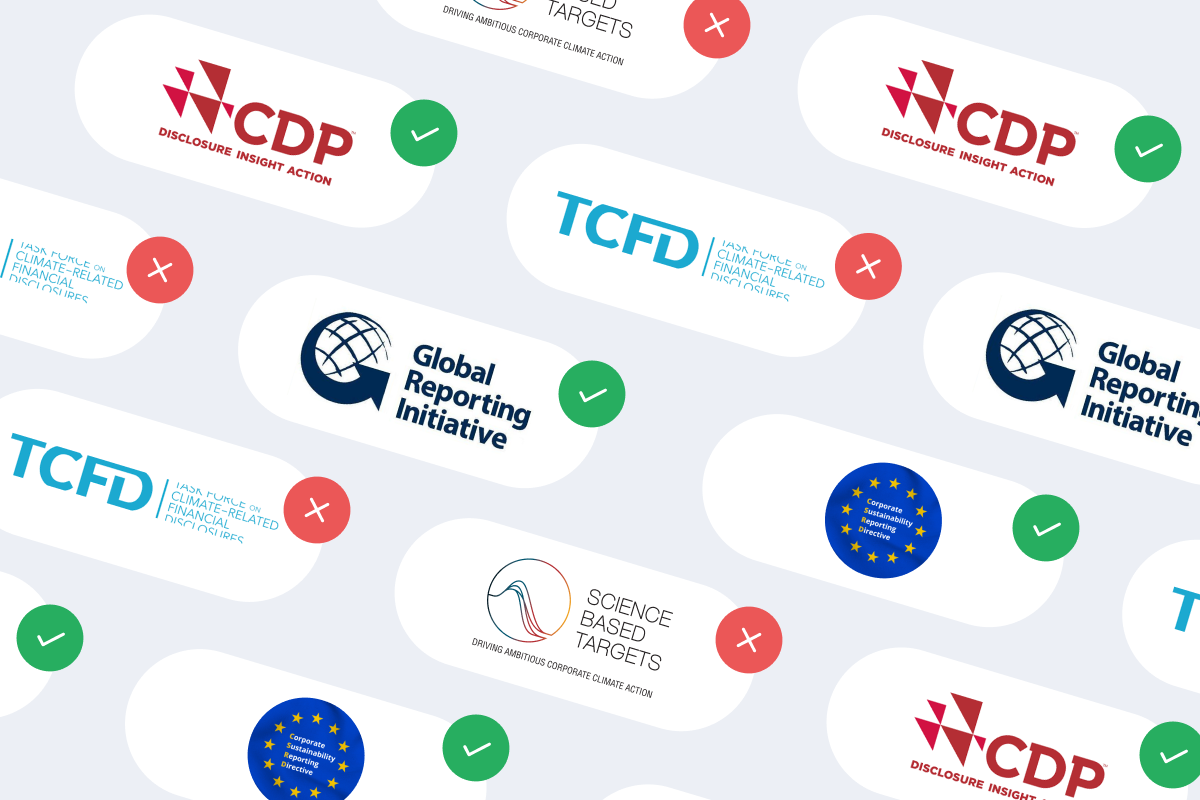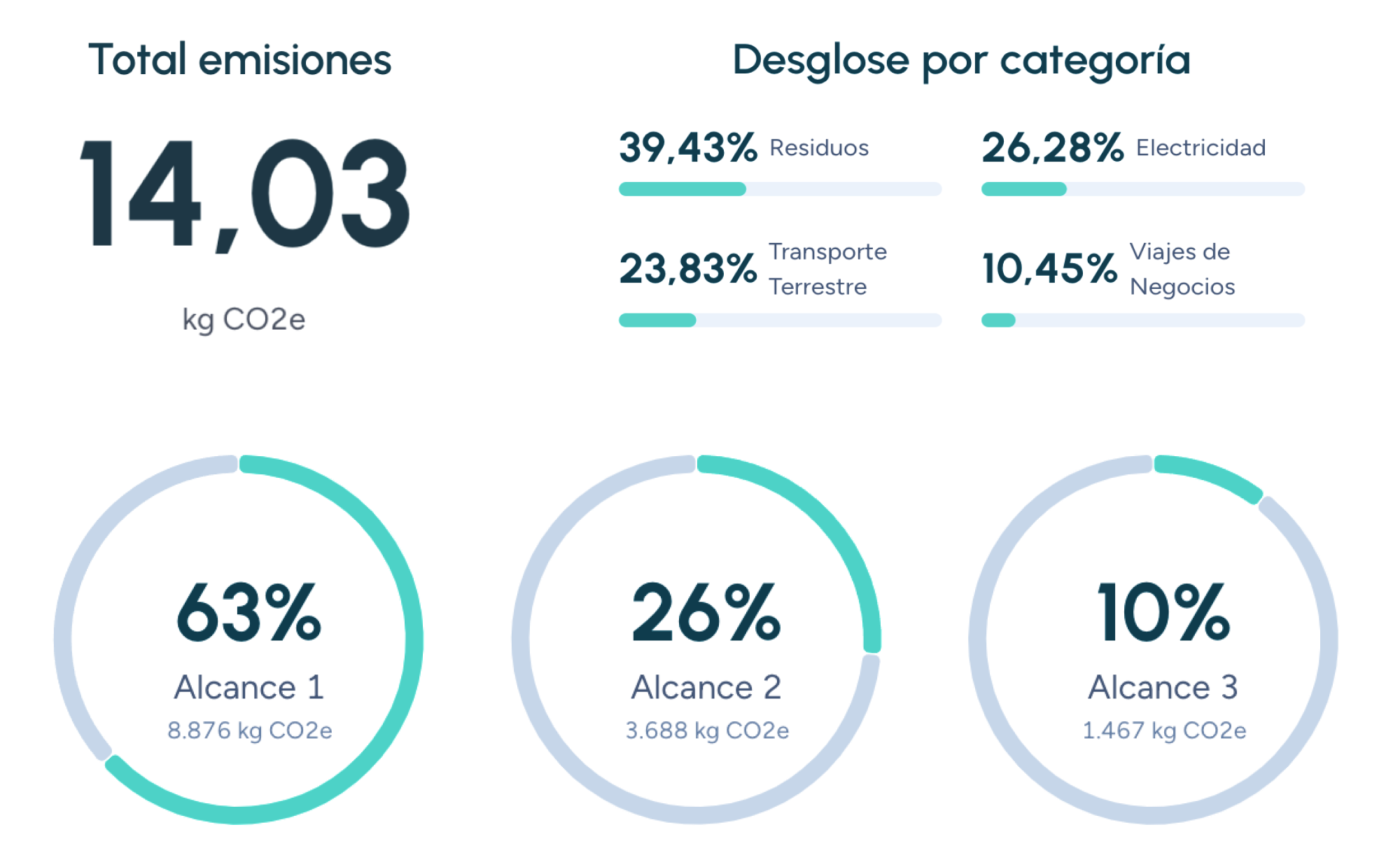C
Carbon Footprint aspects
A carbon footprint is defined as the total amount of greenhouse gases (GHGs) emitted directly or indirectly by an entity, product, service, or event throughout its life cycle. It is expressed in tonnes of carbon dioxide equivalent (tCO₂e), a unit that allows comparison of the climate impact of different GHGs based on their global warming potential.
Greenhouse gases and the Greenhouse Effect
GHGs such as carbon dioxide (CO₂), methane (CH₄), and nitrous oxide (N₂O) trap heat in the Earth’s atmosphere, causing a rise in global temperatures. This phenomenon—known as the greenhouse effect—is essential for life on Earth, but its intensification due to human activities is accelerating climate change with potentially devastating consequences.
Why measuring the carbon footprint matters
Measuring the carbon footprint provides critical insights that help:
- Understand environmental impact: Identifies the main sources of GHG emissions and quantifies their contribution to climate change.
- Set emissions reduction targets: Serves as a baseline for establishing goals aligned with international agreements and national policies.
- Implement mitigation strategies: Helps identify opportunities to reduce emissions through energy efficiency, renewable energy, waste management, and more.
- Enhance corporate image: Allows companies to demonstrate their commitment to environmental sustainability and gain a competitive edge in an increasingly climate-conscious market.
Carbon footprint scopes
The Greenhouse Gas Protocol (GHG Protocol), a widely recognized international standard, defines three scopes for measuring carbon footprints:
Scope 1: Direct emissions
These are GHG emissions from sources owned or controlled by the entity, such as fuel combustion in company facilities or vehicles.
Scope 2: Indirect emissions from energy
This scope includes emissions associated with the generation of purchased electricity, heat, or steam consumed by the entity.
Scope 3: Other indirect emissions
These are all other indirect emissions not included in Scope 2. They can include emissions from the supply chain, transportation and distribution of goods, business travel, product use, end-of-life disposal, and more.
Companies that trust us

Carbon audit
A carbon audit is a crucial process for measuring and managing greenhouse gas emissions, helping organizations reduce their environmental impact and comply with sustainability regulations.
Carbon budget
Discover what the carbon budget is and why it is crucial to fighting climate change. Learn how businesses can measure and manage their environmental impact with Manglai.
Carbon footprint monitoring
Discover how carbon footprint monitoring can help you reduce your environmental impact. Learn to measure and manage your CO₂ emissions for a more sustainable future.
Guiding businesses towards net-zero emissions through AI-driven solutions.
© 2025 Manglai. All rights reserved
Política de Privacidad


